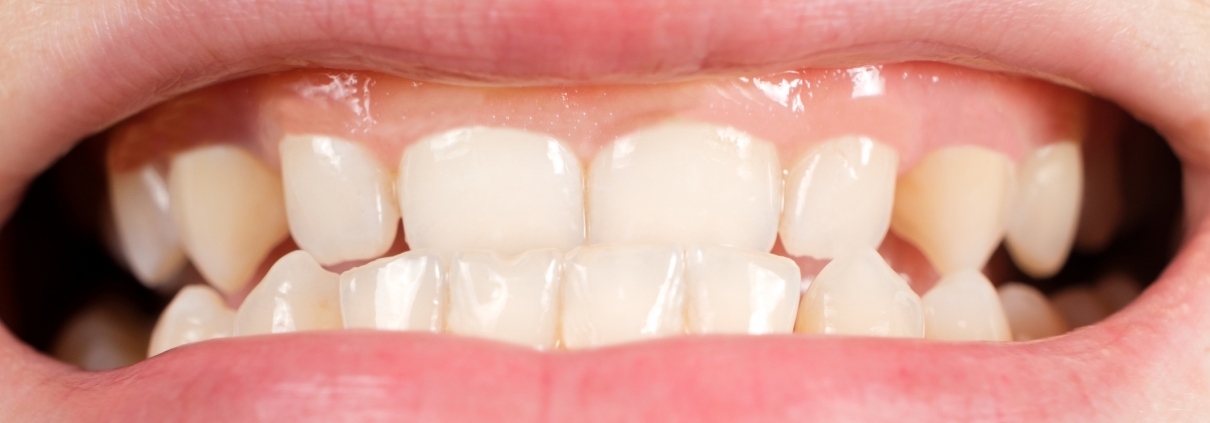Diagnosis and treatment of hyperplasia
Gingival hyperplasia may occur due to physiological changes. Hormonal imbalance and some diseases such as leukemia can cause excessive growth of gums.
The following diseases can also contribute to the enlargement of the gums:
HIV
diabetes
Anemia
Crohn’s disease
lymphoma
Lack of vitamins
In this situation, gingival hyperplasia usually improves with the treatment of the disease. Those who suffer from hyperplasia during pregnancy usually recover after delivery. Compliance with oral and dental hygiene significantly reduces the symptoms of the disease in these conditions.
Inheritance
Hereditary gingival fibromatosis (HGF) is a rare disease that causes gradual enlargement of the gums. The onset of this disease is usually from childhood, but a person may not notice the disease until adulthood. Excessive growth of gums in this case occurs due to excessive production of collagen. Gum fibromatosis in some patients causes most of the teeth or even all the teeth to be covered by the gums.
Diagnosis of gingival hyperplasia
Since there are many reasons for overgrown gums, proper diagnosis is important. Sampling may be required for diagnosis.
Treatment of overgrowth of gums
The type of treatment for gingival hyperplasia depends on the cause of the disease. In most cases, the symptoms of the disease disappear with the improvement of oral and dental hygiene. However, if excessive growth of the gums has occurred due to a disease or the use of certain drugs, they usually perform surgery to treat the gums. Sometimes, even with the improvement of oral and dental hygiene or the replacement of drugs, the disease does not improve. In such situations, the periodontist usually removes the extra parts of the gum with surgery. Surgery may be performed using a laser.
Surgical treatment
Some of the methods used to remove excess gums are:
Laser cutting: the periodontist uses a laser to remove the inflamed gum tissue. After removing the extra gums, the plaques around the roots of the teeth are also removed.
Electro surgery:
In this method, the periodontist removes excess gum tissue using electric current.
Periodontal flap surgery: In this method, the gum tissue is separated from the teeth. In this way, the dentist can remove the inflamed tissue and remove the plaques and masses by accessing the areas below them.
Gingivectomy:
In this procedure, the gum tissue around the tooth is removed. For this, the periodontist removes the inflamed and excess parts of the gum and then stitches the gum.
Oral hygiene to control gingivitis
If the cause of hyperplasia is inflammation of the gums, treatment related to the gums and improvement of oral hygiene is needed. Maintaining oral and dental hygiene, especially removing plaque and tartar between the teeth, can reduce this disease. The dentist may ask you to visit him every three months to limit the effects of inflammation on the soft tissues by cleaning the affected areas.
As the gums begin to overgrow, it is difficult for a person to maintain oral hygiene. In this situation, when the oral and dental hygiene is poor, it is the cause that increases the inflammation and causes excessive growth of the gums. You can use antiseptic mouthwashes in this situation.
Night guards
Devices such as night guards are also sometimes used to limit the amount of tissue regrowth.
Changing or stopping medications that cause gingivitis
If the cause of excessive gum growth is medication, consult your doctor to change or stop the medication if necessary, but never do this without the doctor’s advice and remember that only stopping the medication will lead to recovery. It cannot be done and additional treatments are needed.

